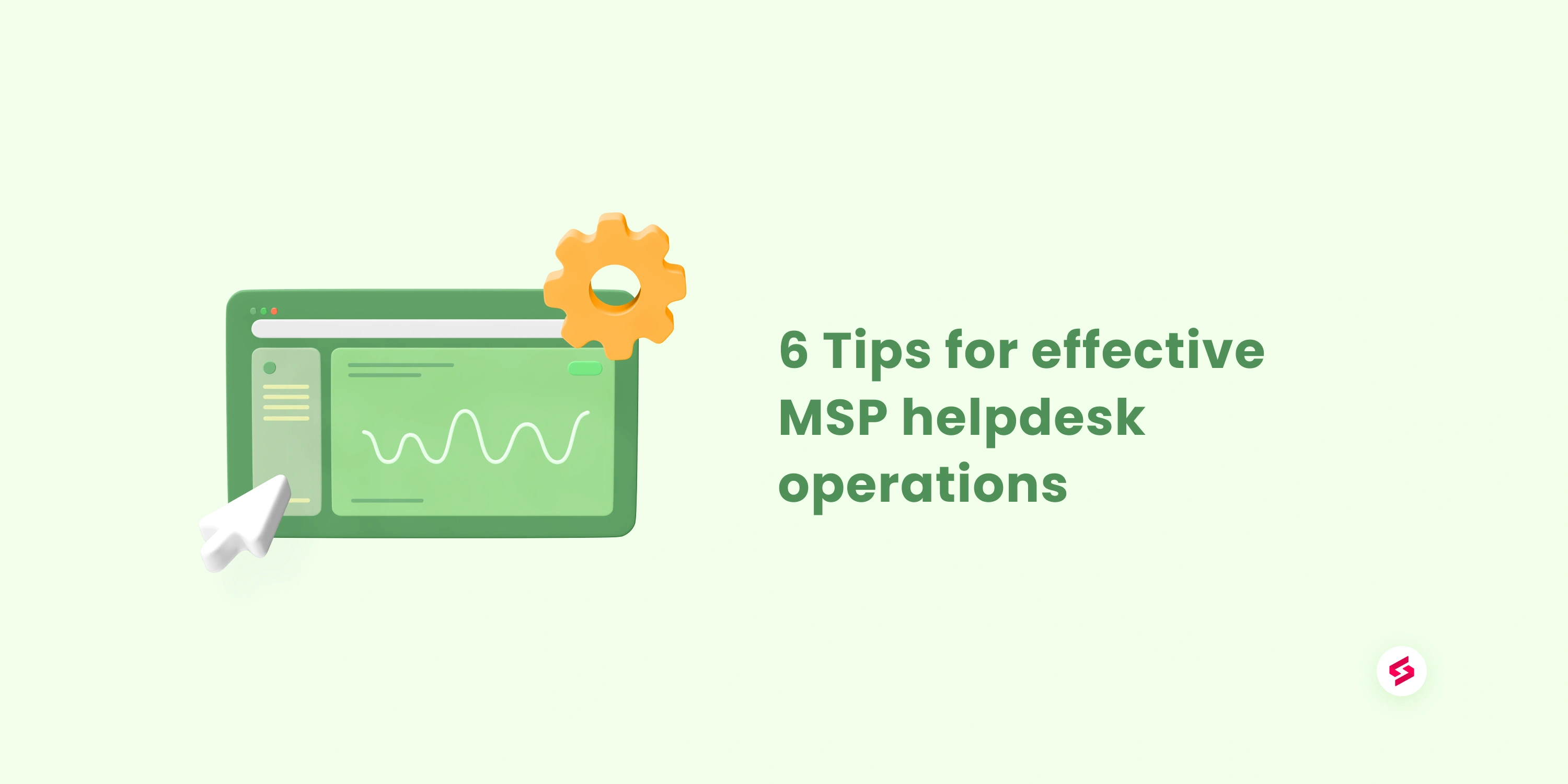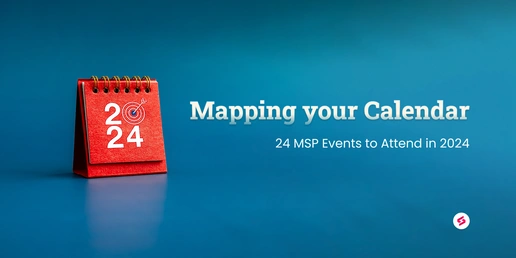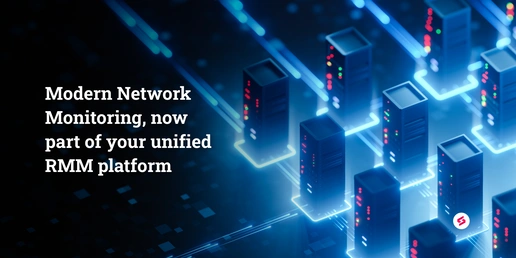There are a lot of things to think about when you start a new MSP. How to structure your helpdesk and planning service delivery should be high on your list.
Here are our suggestions based on years of experience in the field and trying lots of different configurations.
Helpdesk structure
Putting together a helpdesk structure may have to evolve with you as your company, and your client base grows. Having an end goal in mind from the beginning can help you to make sure that it grows right and can deliver the desired service level to your clients.
There are a few different ways to structure the helpdesk. Here I’ll discuss the most common structure. A structure that works well for many MSPs is to have Tier 1, Tier 2, and Tier 3 technicians.
The pool of Tier 1 technicians is the largest because a well-trained Tier 1 technician can resolve most requests received by the helpdesk. The goal here should be 75% of issues resolved at Tier 1. The pool of Tier 2 technicians is significantly smaller, and Tier 3 pool is smaller yet.
Putting a method to the madness lets you maximize utilization on the helpdesk so that your least expensive resources can solve many of the low-level problems that come in and can escalate those that are more complicated and time-intensive to the right resource.
Policies and procedures
Once you know what your helpdesk structure will look like, it’s time to put some policies and procedures in place. We’ve found that it’s helpful to have defined time limits in place for escalations. Tier 1 gets 30 minutes to work on an issue. If it can’t be solved in that amount of time, they escalate it to Tier 2. Tier 2 has 2 hours. Tier 3 works the issue until it’s resolved. It ensures that you have the right resource working on the issue and that tickets don’t sit unresolved. It also lets your junior technicians know what to do with an issue beyond their expertise.
Another policy to define is the Service Level Agreement (SLA). These are specific timelines you set for response and resolution that you share with your clients and the support team. It sets expectations on both sides and allows your helpdesk to know when they need to hustle and get something done.
Structure and SLAs should be overseen by a service manager responsible for the overall efficiency of the helpdesk.
Ticketing system
For your helpdesk to operate smoothly, you’re going to need a ticket system. Ideally, this will allow your technicians to take notes on the issue they are working on, change the status of the issue when they begin work so that all other team members see that it is underway. It will also have workflows that allow you to trigger alerts when a technician exceeds their time limit and notifications to management if a ticket sits for too long without being addressed.
A good ticketing system allows you to quickly see all the work that needs to be done and efficiently dispatch it to your team members. It is a crucial tool for your helpdesk, required for smooth operations.
Knowledge management
Another piece that is essential for your helpdesk is a good knowledge management system. It is a central repository where your team can keep all client documentation — passwords, network configurations, IP addresses, network diagrams, pictures, knowledge base articles, and more. It gives your helpdesk all the information at their fingertips so that they can be most effective.
Ideally, this tool would be web-based so you can access it anywhere and integrate it tightly with your ticketing system.
Training
Having a training program built for your helpdesk is an essential piece of the puzzle as well. It allows you to ensure that your clients receive excellent service and that requests are being handled according to standard operating procedures.
In addition to internal training, you should support your technicians in furthering their educations by getting additional certifications in networking, security, and more. As their skill set grows, so does your capacity to help clients and the services you can offer.
Vision and goals
It’s essential as a leader to set clear goals and vision for your organization. Define what you want to accomplish and put it in simple, actionable statements — ‘We want to resolve 75% of issues on the first call at the Tier 1 level’ and ‘We want to meet our SLA for response time 90% of the time.’
Set actionable goals, and then put reporting in place so you can track your progress. All these items together will help you build a best-in-class helpdesk organization that will propel your MSP forward.




